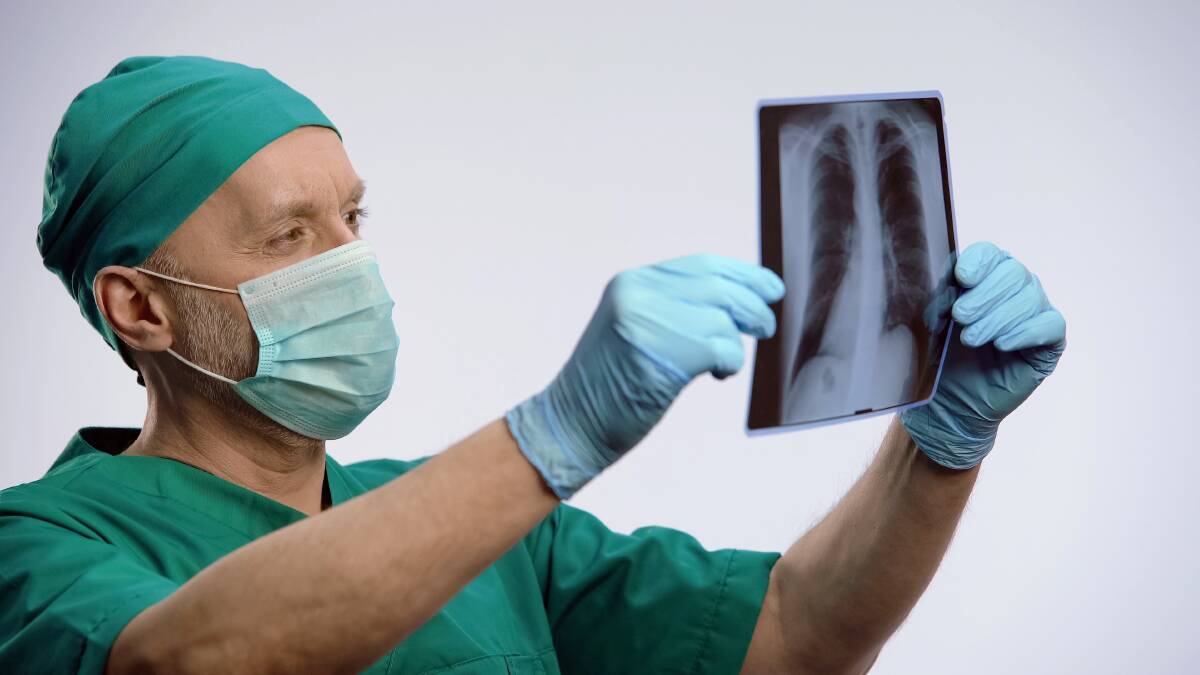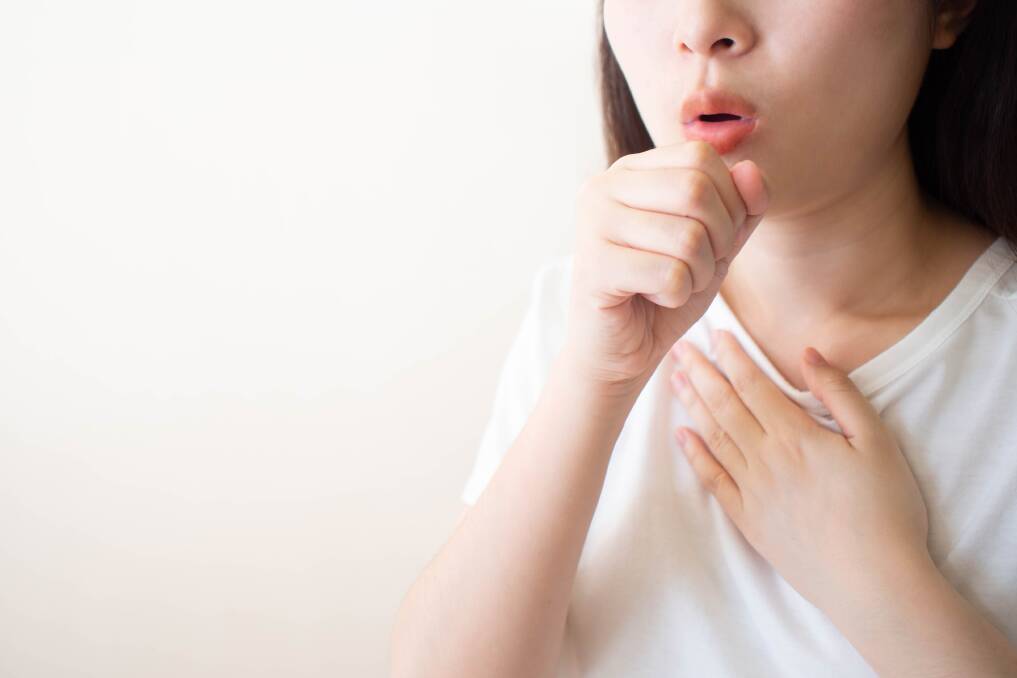3 Common respiratory illnesses and how to treat them

This is sponsored content for myhealth1st.
Could there be a bigger spotlight on the condition of people's lungs than what the Coronavirus has shed? The pandemic sweeping the world, country by country, has made entire nations take extraordinary precautions because of how the virus spreads and then attacks the body.
The conditions of a person's lungs are then threatened. It leaves causes for concern for people with common respiratory illnesses, such as tuberculosis, pneumonia, and pleurisy, and a probable anxiety about how to treat them amid the pandemic.
1. Tuberculosis
Caused by the bacteria Mycobacterium tuberculosis, TB is one of the top 10 causes of death worldwide. The most common organ the bacteria attacks are the lungs, but it can also spread throughout the body.
According to the World Health Organization, about 25 per cent of people will have a dormant infection, and only about 5 per cent to 15 per cent of these patients will ever develop active tuberculosis.
TB is a global problem. Australia has one of the lowest rates of TB, while China, India, Indonesia, Bangladesh, Pakistan, Philippines, Nigeria, and South Africa account for around two-thirds of all tuberculosis cases. And even though Australia's infection rates are low, there is a concern as travel to countries with higher infection rates occurs.
How do you treat TB?
Antibiotics are used to treat most people who contract tuberculosis, but some patients are drug-resistant. This is a different strain of TB called Multi-Drug Resistant TB or MDR-TB.
This is what makes the cure rate so difficult. When the antibiotics work and the sick person goes into quarantine for about four weeks, it can take about six months to recover fully. In particular, the drugs Isoniazid and Rifampicin are most often offered for TB in Australia and have a near 100 per cent cure rate.
Direct Observed Therapy is often prescribed by doctors to ensure the patient takes all of the medicines at the right times. This is so the patient does not develop MDR-TB.
Patients who contract MDR-TB have much more complicated treatment. Because this strain of TB is more virulent, the aforementioned standard drugs are not effective. Instead, the patient will need to undergo approximately two years of medications. The most likely treatment regimen would be antibiotics and chemotherapy.
Quarantining is essential for patients with TB or MDR-TB. When the doctor does allow the person to go out for essential items, face masks are recommended.
2. Pneumonia
What is Pneumonia?
Pneumonia happens when an infection causes the alveoli (or lung sacs) to fill with fluid or pus. It's hard to breathe, and the oxygen levels in your blood are lower than normal. Pneumonia is commonly caused by flu viruses, cold viruses, and respiratory syncytial viruses.
This illness especially affects children and people over age 65, but anyone can contract it. People who get pneumonia can have it in one or both lungs.
Walking pneumonia is common as there can be people who get pneumonia and not know they have it. Pneumonia can be bacterial, viral, or fungal. Bacterial and viral are contagious. Illness with the new Coronavirus can also lead to pneumonia.

How do you treat pneumonia?
Antibiotics work only on bacterial pneumonia. Make sure you take the entire prescription even if you feel better. If you don't, you can relapse.
If you have viral pneumonia, you will need to rest and let it work its way out of your system as antibiotics won't help. Drinking a lot of fluids will help you, along with rest and medicine for your fever.
Recovery with pneumonia is a long process, so plan to forgo your normal activities and delegate those errands to a family member or delivery service. Even with lots of rest, you will need to plan on being tired for a month or so.
3. Pleurisy
What is Pleurisy?
Pleurisy is when a thin layer of tissue that wraps your lungs becomes swollen and inflamed. Then the layers rub against each other each time your lungs expand. This is caused by bacterial infections such as pneumonia, or by viruses like the flu.
How do you treat pleurisy?
Just like pneumonia, antibiotics will only help a patient with pleurisy improve if the infection is bacterial. If it is a viral infection, you will need to rest for a few days or a few weeks, depending on the severity. Fungal pleurisy would warrant an antifungal drug. Steroids and painkillers can help all types of pleurisy.
Sometimes, there's too much inflammation, which produces extra fluid between the two layers of pleura. When this happens, your doctor may need to extract some of the fluid by inserting a thin needle into the space between your pleura, or your doctor might give you diuretics first.
Conclusion
As with each of these respiratory illnesses, it's necessary to get tested and diagnosed immediately so that appropriate treatment can begin without delay. Make it a point to rest and follow every protocol as recommended. Better medical and self-care means you will be back to normal as soon as possible.
This is sponsored content for myhealth1st.


